How To Ship Your Products Like A Pro
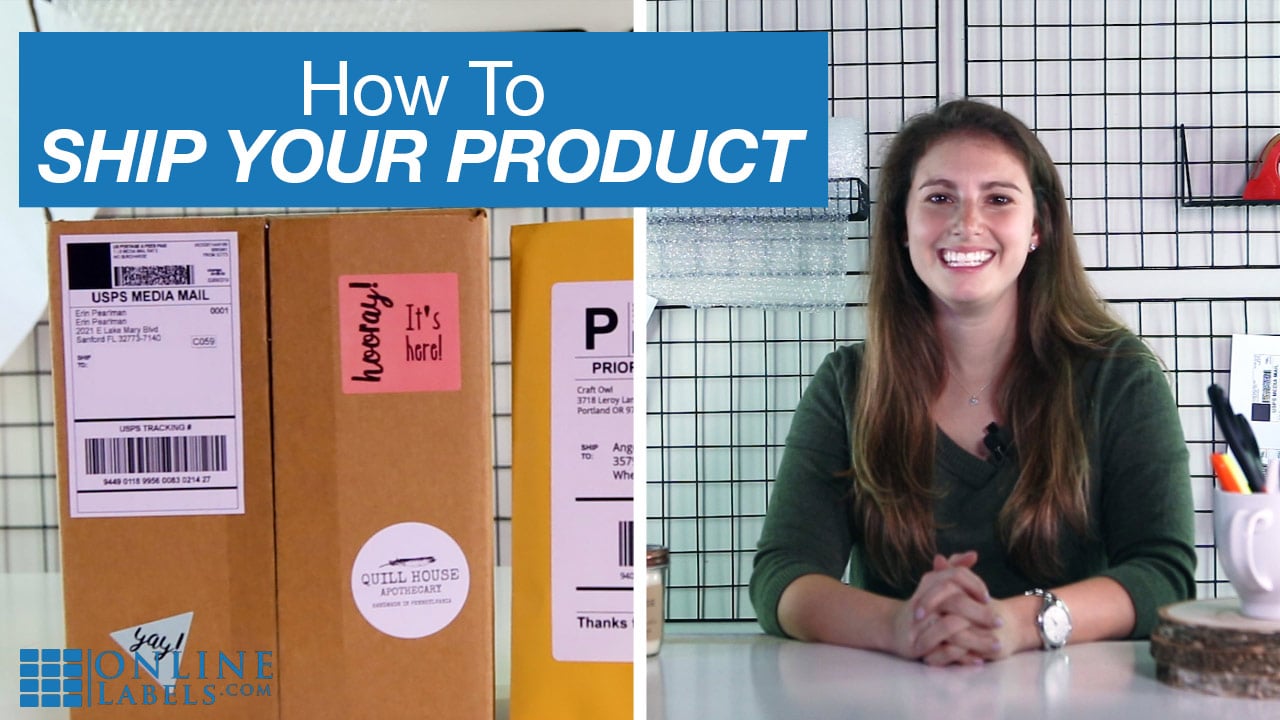
No matter the size of your ecommerce business, shipping is essential to your success. And while you as a business owner aren't fully responsible for dents, dings, or damages acquired during shipping, the customer is likely to associate the poor condition with you anyway. It's their first physical interaction with your brand and product, and it may not be the best.
Show your customers that you put as much thought into getting your product to their door safely and professionally as you did into the product itself. Their impression when unboxing your product will make it worth it!
Here are some quick tips on preparing your product for delivery that can improve the final condition of your product – and your business' reputation.
1. Choose Your Packaging
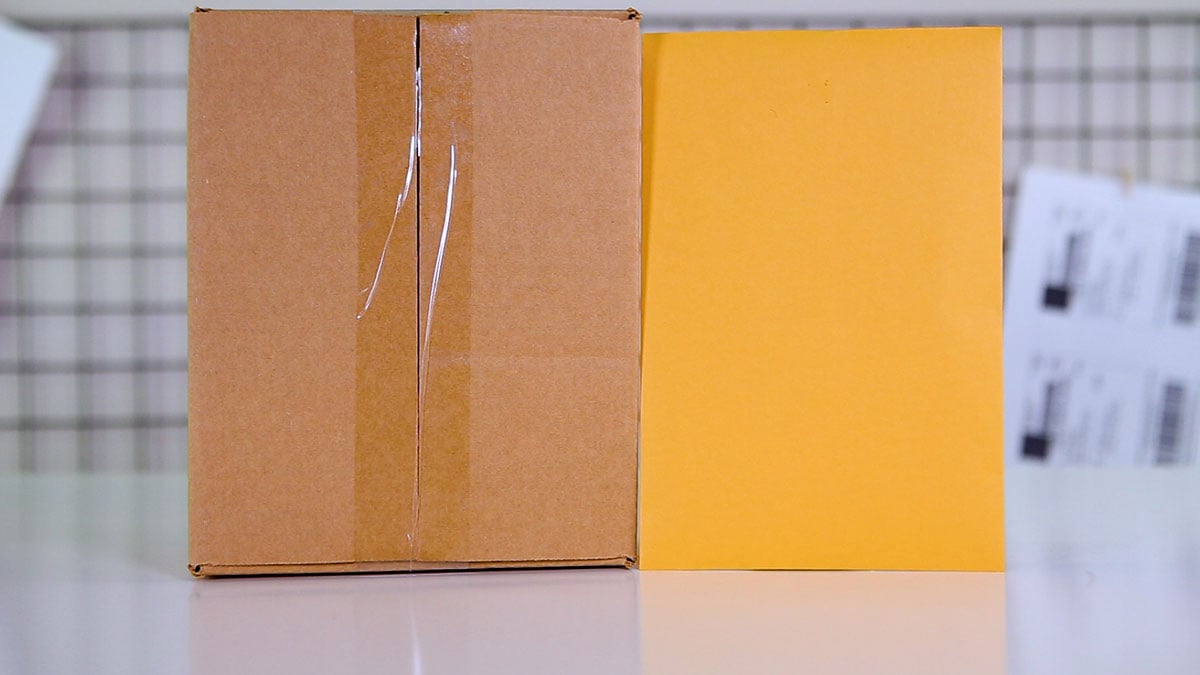
You need a box that's strong enough to protect what's inside. Corrugated cardboard is one of the sturdiest shipping box materials, so go with this option if you're shipping something fragile or large.
Make sure if you're reusing boxes that they're in good physical condition. Besides the obvious perception that comes with used boxes, rundown boxes are more likely to break or open during the shipping process. This can result in lost, damaged, or delayed items.
If you're sending something flexible and light, mailing envelopes and bubble mailers are a perfect option. They're typically less expense to buy and ship than rigid boxes, so your profit margin will be a little higher if you opt for this type of outer packaging.
Additionally, you won't need any additional supplies like packing tape to secure your shipments – most shipping envelopes have their own peel-and-seal closures.
When it comes to choosing a size, you want to go with one that's just a little larger than your product. Your box should be big enough to add cushioning materials, but not so large that you're spending unnecessary money in shipping costs. (UPS and FedEx's shipping costs are determined by dimensional weight. The length, width, height, and weight of your package all play a part in how much they charge, so a good fitting box can help cut costs.)
Don't go too small, either. Without any extra space for movement, your items will be more susceptible to any bumps and prods that may occur between your door and the customers'.
Wondering how to package your products for shipping when you sell various sizes and quantities? Consider investing in a variety of sizes. Having large, medium, and small options will help eliminate extra space inside the box and the need for costly internal packing materials.
2. Add Void Fill
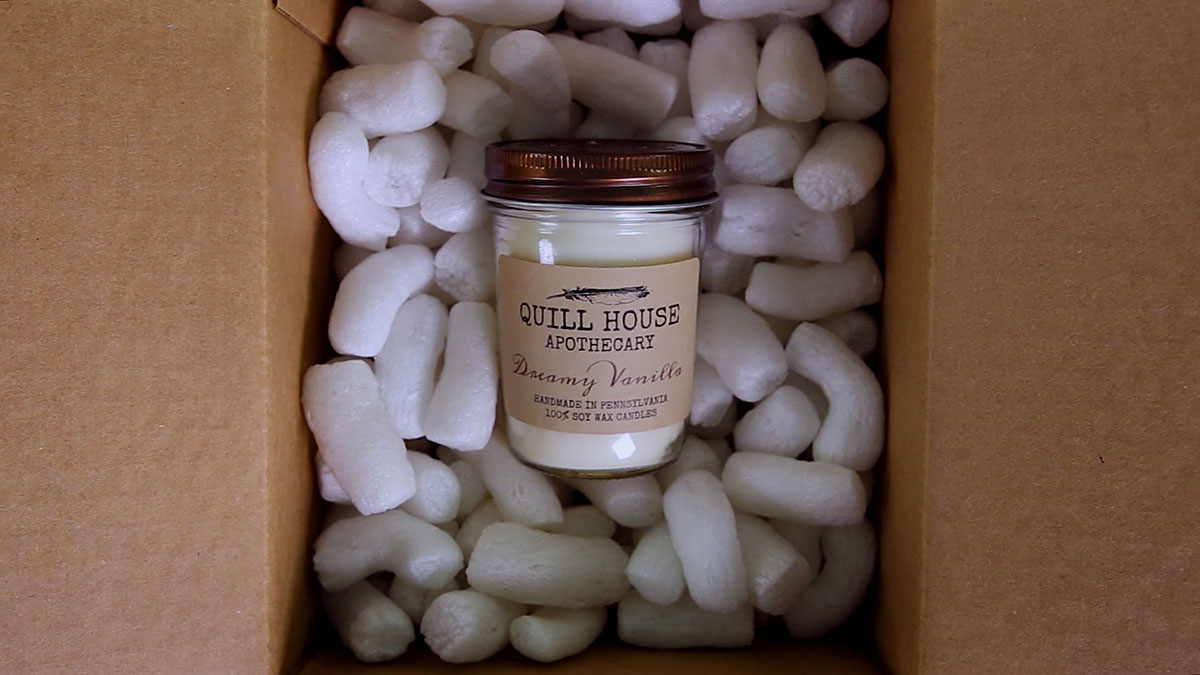
You don't want to just drop your product in the box and mark it as shipped. The presentation is everything and picking the right internal packing material makes a big difference.
For fragile items, consider packing peanuts or bubble wrap – something that will stabilize your item during transport. Corrugated wrap and even old newspaper can also help secure your product in the box for delivery.
For less delicate items, you can go with a more ornamental filling like paper shreds or confetti. Tissue paper can also add a nice touch.
Smaller and more flexible items may not need anything at all.
After you've added your materials, make sure to gently shake your box to see if the shipment is secured. If nothing moves, you're ready to seal it!
3. Secure Your Shipment
To avoid minor shipping mishaps, we suggest using a tape durable enough to secure your packages and withstand any contact with water/moisture. Some popular tapes include clear carton sealing tape, gummed kraft tape, and duct tape.
Don't be afraid to use up your materials – the rule of thumb for packaging tape is to use at least three strips and cover all the seams.
Just be sure you don't tape over the label's barcode as it can make your shipment unscannable and delay the process.
4. Select A Shipping Label
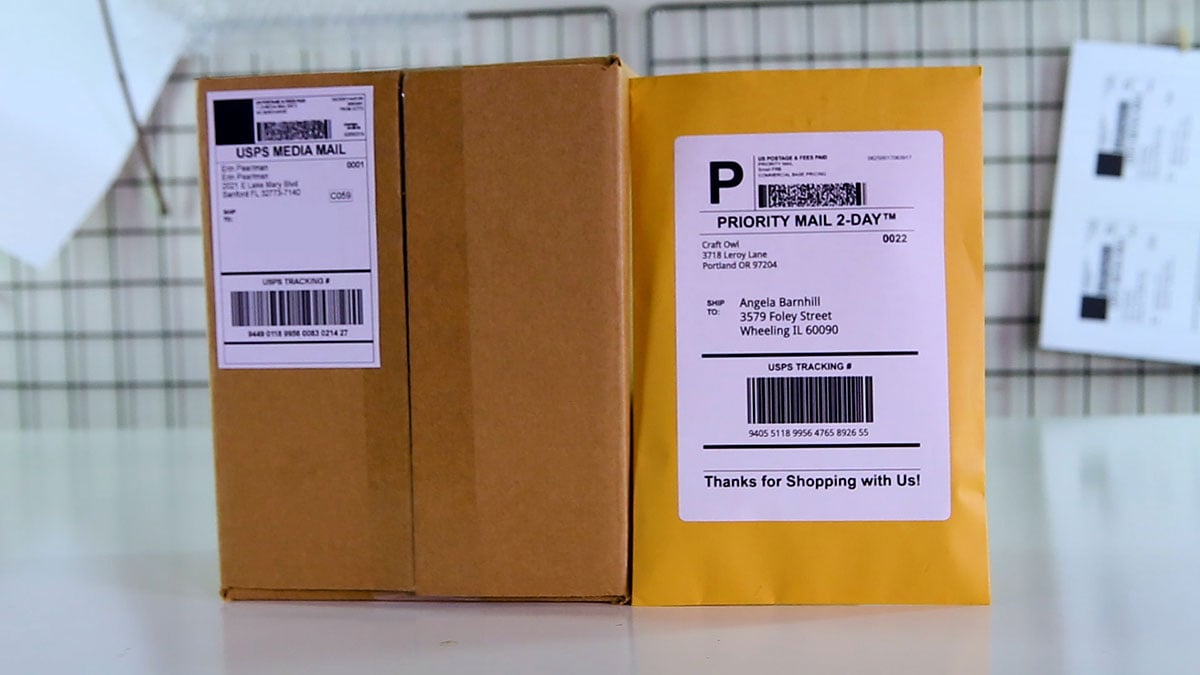
Selecting a shipping label depends on your box size, but it's also a variable that changes from carrier to carrier.
Most carriers and platforms utilize a 4" x 6" label as their preferred shipping size.
Check out some of our popular labels for shipping below. We offer compatible 4" x 6" shipping labels, half sheet labels, and everything in between for all of your packaging needs.
You can also take advantage of our label material variety to help your shipping and mailing labels stand out. For example, use the true red or silver foil materials for holiday mailers.
| Services | Compatible Label |
|---|---|
| UPS Internet Shipping | OL175 |
| USPS | OL395 |
| FedEx Ship Manager Lite | OL131 |
| Amazon FBA | OL2590 |
| Etsy | OL1499 |
| eBay | OL131 |
| PayPal | OL369 |
Need more recommendations? View our complete shipping labels guide for carrier, marketplace, and platform-specific sizes.
5. Decorate Your Packaging
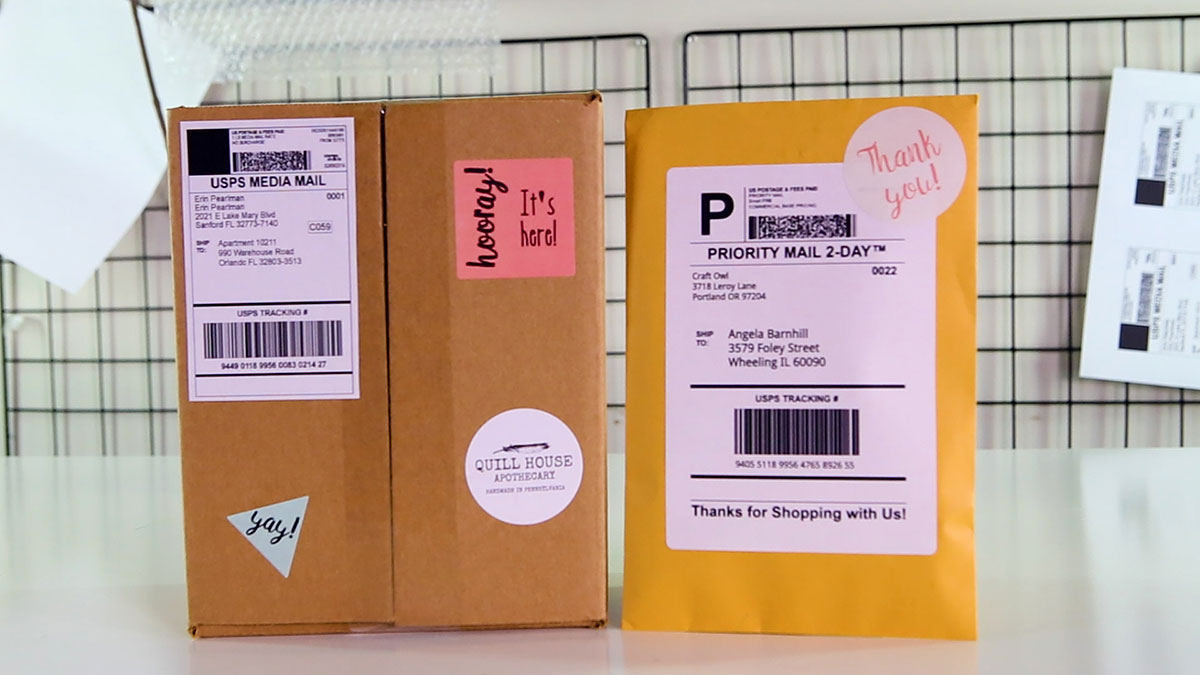
The outside of your packaging is a great place to add one more finishing touch. It's an opportunity to drive home your brand and get customers really excited for what's inside. Logo stickers and fun "open me" stickers are great for humanizing your company and making things stand out in the mailbox.
Browse our pre-designed label templates to get started, or make your own using Maestro Label Designer!
7. Insure Your Shipment
What happens if an item goes missing or gets damaged in transit? Is your business prepared to take the financial hit and/or deal with dissatisfied and frustrated customers?
Some carriers include insurance with their service so you may already be protected. Learn more about shipping insurance so you understand what coverage comes with your shipping label purchase and what you need to do if your items are more expensive.
More Ecommerce Shipping Tips
Here are a few additional pieces of advice to help keep profit margins high and spending low:
- Buy packaging material in bulk to save on cost.
- If you choose to reuse an older box, use blockout labels to cover up old shipping information or writing. Having multiple barcodes or labels on your packaging can cause delays or problems.
- Reuse shipping materials such as bubble wrap and packing peanuts as often as possible.
- Always make sure to check your shipping bills carefully and keep track of all shipping costs.
- Use integrated form labels to save time – they combine customer invoices/packing slips with your shipping labels. Learn more about integrated forms.
The boxes, envelopes, package insulation, and labels you use when shipping and packaging your products all play a part in the way your customers view your brand and company. For more suggestions and help, visit our article hub or contact our customer service team.
Also be sure to browse our selection of pre-printed shipping labels and pre-printed business labels.



